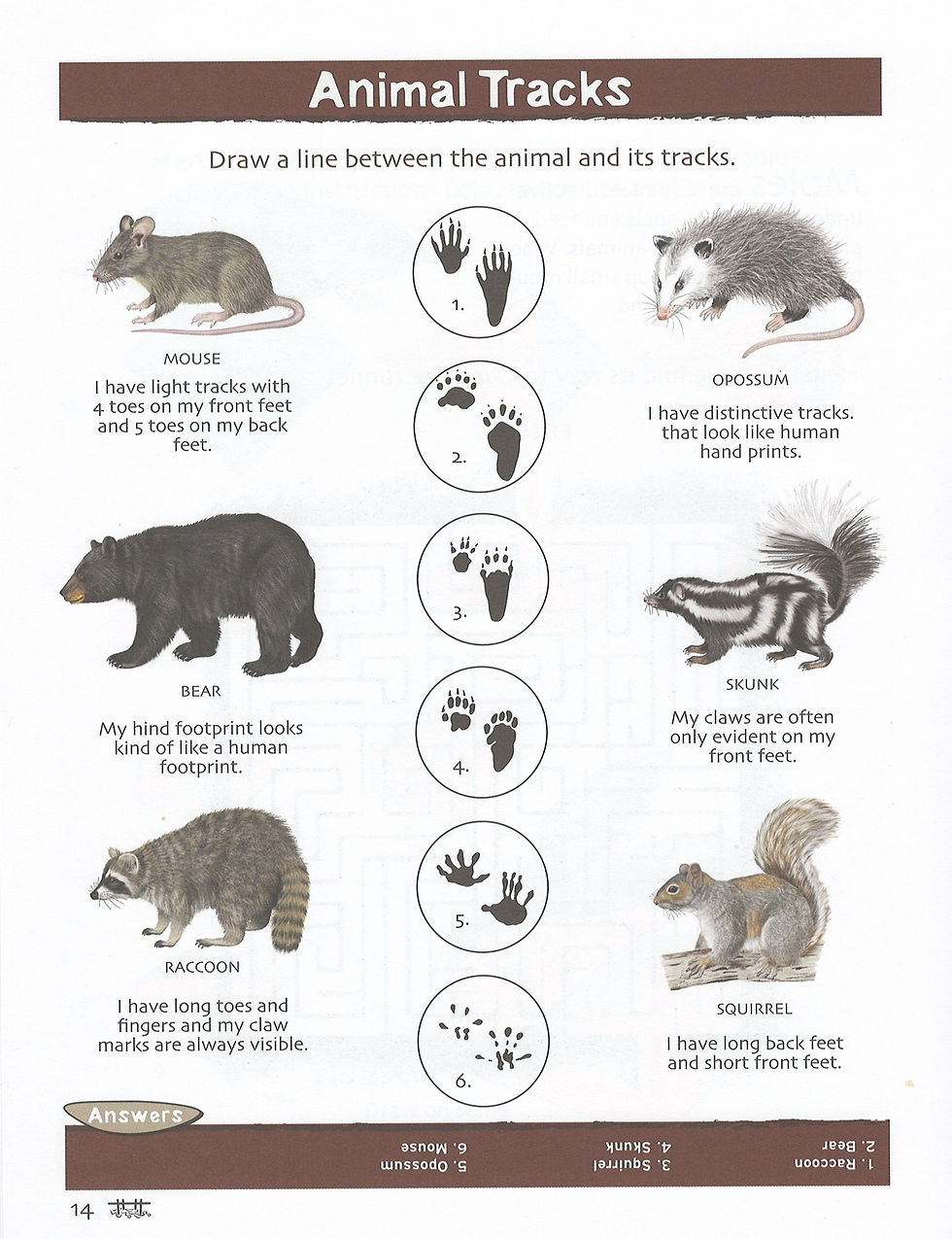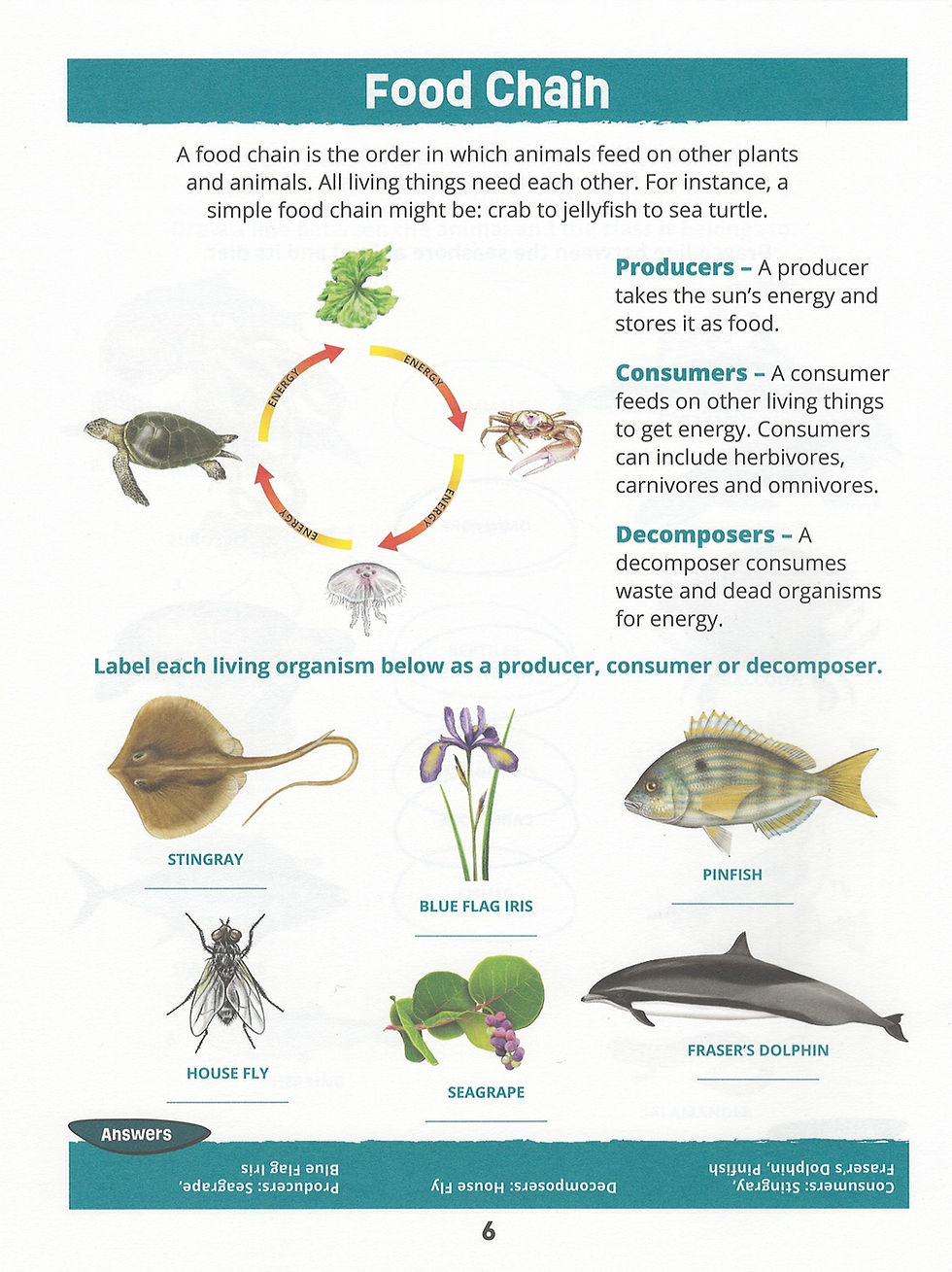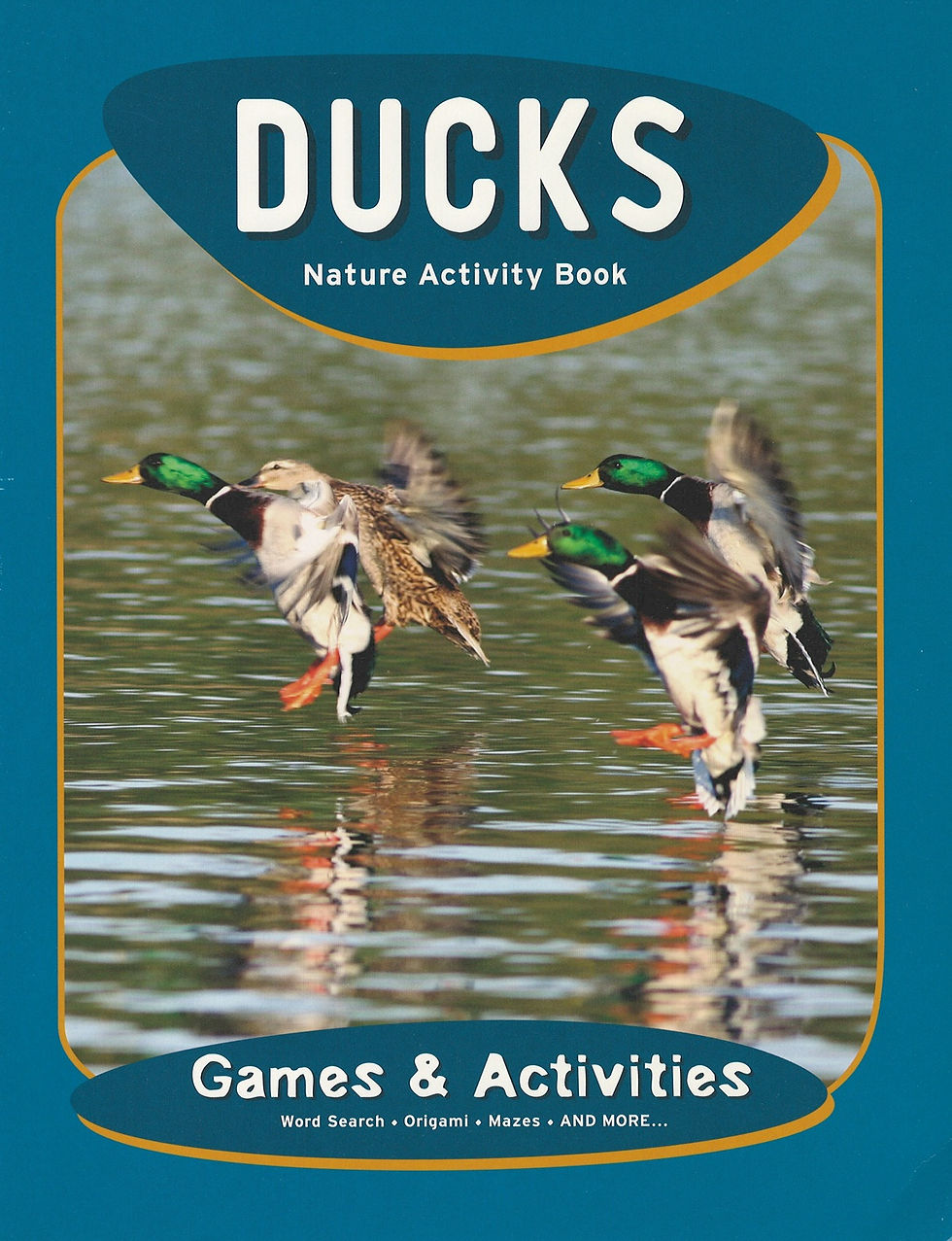Discover the fur-covered wonders of the animal kingdom with the Mammals Nature Activity Book — a screen-free, hands-on introduction to the mammals that roam forests, fields, deserts, and wetlands.
Published by Waterford Press, this 32-page activity book is packed with fun facts, coloring pages, mazes, matching games, and vocabulary exercises that introduce kids ages 8–12 to the wide world of mammals. From deer and foxes to bats, beavers, and bears, children will learn what makes a mammal a mammal — and how these amazing creatures survive in the wild.
Perfect for homeschoolers, classroom animal units, or nature-loving families, this book builds foundational science skills and encourages observation and appreciation of wildlife.
Key Features:
32 pages of mammal-themed educational activities
Covers anatomy (fur, warm-blooded traits), habitats, and survival behaviors
Introduces land and aquatic mammals from various ecosystems
Combines coloring, tracing, mazes, and matching games for hands-on learning
Supports STEM learning and Montessori-style nature education
Table of Contents
- Word Search
- Name Match
- Shadow Know-How
- Fold-In
- What does it eat? Tell by it's teeth
- You are what you eat
- Who am I?
- Be an Artist
- Predator or Prey?
- Name Scramble
- Origami
- Maze
- Animal Tracks
- Oddball Out
- Home Swee Home
- Who am I?
- Antlers and HOme
- Shadow Know How
- Did you know?
- Name Scramble
- Make Words
- Food Chain
- All in the Family
- Word Search
- Animal Tracks
- Picture Scramble
- Shadow Know-How
- Connect the Dots
- Origami
- Make Words
- Word Search
Recommended For:
- Children ages 8-12
Homeschool or Montessori families
Nature-based classrooms or after-school programs
Families exploring national parks or backyard wildlife
Animal lovers and future wildlife biologists
Activity Book – Pond Life Nature Activity Book
Q: What kinds of mammals are included in the book?
A: Kids will meet a wide range of mammals — from common backyard visitors like squirrels and raccoons, to wild favorites like deer, foxes, bears, bats, beavers, and otters. Both land and aquatic mammals are included.Q: Does this book explore where mammals live and what they eat?
A: Yes! The book introduces habitats (forests, deserts, wetlands) and basic mammal behaviors like hibernation, nocturnal activity, and food preferences.Q: Is this book appropriate for non-readers or younger children?
A: Yes. Many of the activities involve visual learning — such as foldin, matching, and origami — making it accessible for pre-readers with adult support.Q: How does this book support science education?
A: It introduces key biology concepts like mammal classification, adaptation, and food chain, while strengthening vocabulary, observation, and early reasoning skills.Q: Can I use this in a wildlife unit or animal study?
A: Absolutely! It’s perfect for animal-themed classroom units, national park prep, or pairing with nature walks and wildlife tracking activities.
































